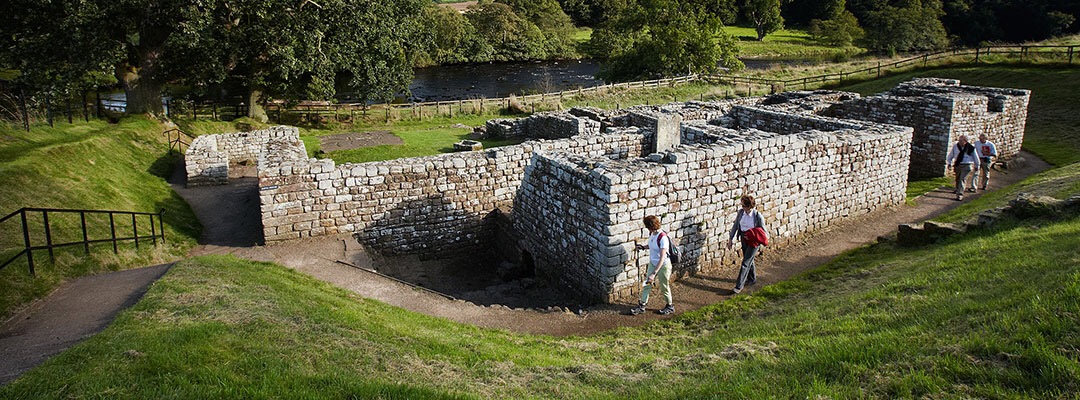The John Clayton Museum at Chesters Roman Fort on Hadrian’s Wall, has reopened following a £130k refurbishment. The museum displays hundreds of antiquities from Roman times and tells the story of John Clayton, who was responsible for saving significant portions of Hadrian’s Wall in the 19th century.
Chesters Roman Fort, near Hexham in Northumberland, includes the best preserved military bath-house in Britain. New interpretation within the grounds takes visitors to the locations where Clayton excavated the Roman remains, at the site.
In the museum a selection of the 11,000 objects collected by Clayton’s team is on display. Innovative digital reconstructions of the site allow visitors to understand how the Roman cavalry soldiers and their horses lived together in this seven-acre fort.
Families can also explore Chesters with the newly designed interactive Family Quest. Working as a team to discover hidden clues, each person takes on the role of a character, giving them an insight into what life was really like on a Roman military fort.
helped to protect and preserve Hadrian’s Wall, which was declared a World Heritage Site in 1987. As well as being an influential lawyer, he was a large landowner. The sections of wall that he purchased nearby his family home at Chesters came under his protection and he saved them from stone robbing and quarrying.
Frances McIntosh, Curator of Roman Collections at English Heritage said: “This project brings Clayton back to the forefront of the story of Chesters and Hadrian’s Wall. The finds in the Clayton museum stand as a memorial to Clayton’s excavation and conservation of Hadrian’s Wall.”







